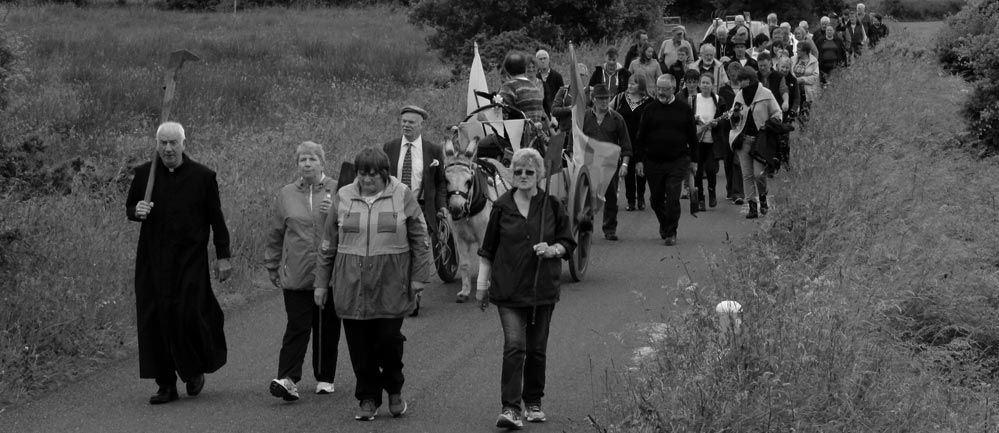Fr. Michael O'Flanagan
1876—1942
In July of 1914 a new curate arrived in the parish of Cliffoney in North Sligo. His name was Fr. Michael O'Flanagan and he would leave his mark on the people of Cliffoney during his fifteen month stay in the Parish of Ahamlish.
Who was Fr. Michael O'Flanagan, turbulent priest, all but forgotten today?
From his American lecture tour of 1926:
Of all the men who played a part in the recent Irish National Revolution the most interesting and forceful personality is Fr. Michael O'Flanagan. After the collapse of the insurrection of Easter Week 1916 and the execution of its leaders, it was he who rallied the people of Ireland, gathering them into the Sinn Féin organization and in two years blotted out the old compromising political party political party which had held Ireland in its grip for a quarter of a century. He is therefore rightly known in Ireland as the Father of Dail Eireann.
Since 1904 when he visited America for the first time, he has spoken to many hundreds of audiences all over the United States, Canada and Australia. Up to the present he has mainly appealed to Irish and Irish-Americans, but from now on he intends to address himself to the general American public.
The fact that he is recognized as the moving spirit and the leading orator of the most dramatic National movement of our time will commend him to multitudes in America who love Ireland and who desire to gain a better understanding of the past history and present day problems of that fascinating country.
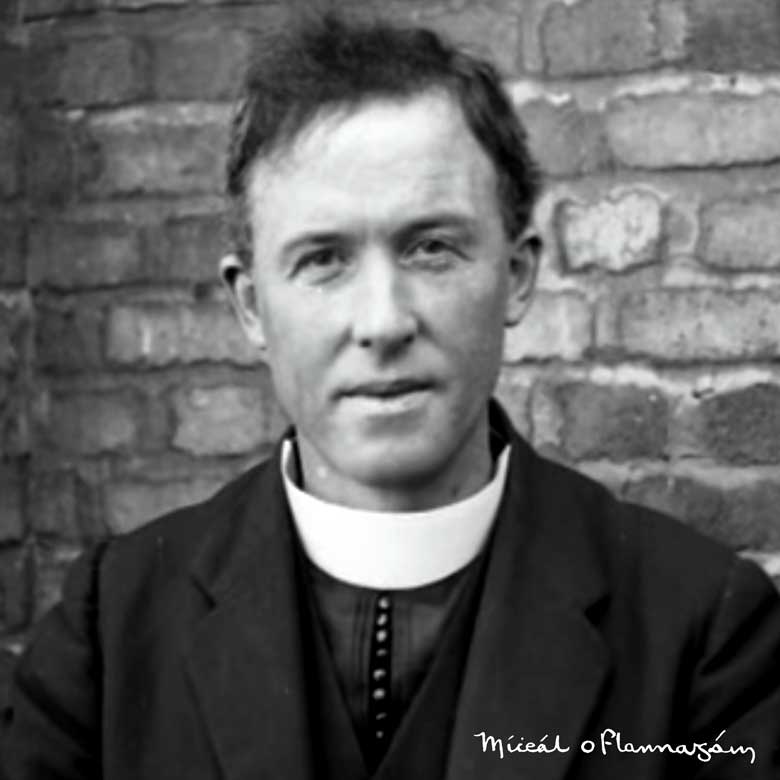
And here is a piece written by playright Sean O'Casey.
In 2015 the people of Cliffoney set out to mark the centenary of the events which occurred here over the summer of 1915. The Father Michael O'Flanagan Memorial Group was formed and a fantastic weekend of events took place at the end of June to remember Fr. Michael O'Flanagan's leadership during his first public act of clerical and social protest, in the fight with the Congested Districts Board over the right to cut turf.
During his time here Fr. Michael led the people of the Cliffoney to Clonerco Bog to cut turf denied them by the new owners, the Congested Districts Board. At the end of July Fr. Michael played a central role at the funeral of veteran fenian O'Donovan Rossa, the great nationalist event which was a prelude to the events of Easter 1916. Fr. Michael was photographed with Tom Clarke, and stood beside Pearse at the graveside in Glasnevin when the historic speech was delivered. In October of 1916 he spoke out at a public meeting in Sligo Courthouse, and it was after this that Bishop Coyne removed Fr. Michael from Cliffoney.
"The unflagging republican Michael O'Flanagan (1916-1928), on the Sinn Fein campaign trail in Ireland and the U.S. for many years, having come to 'blows' with his Elphin ordinary, covers many topics not only political over 32 letters, including a new patent for bicycle-proof soutanes (24 November 1919) and his formidable involvement in the printing of John O'Donovan's Ordnance Survey Letters. " Hagan Archive, Rome.
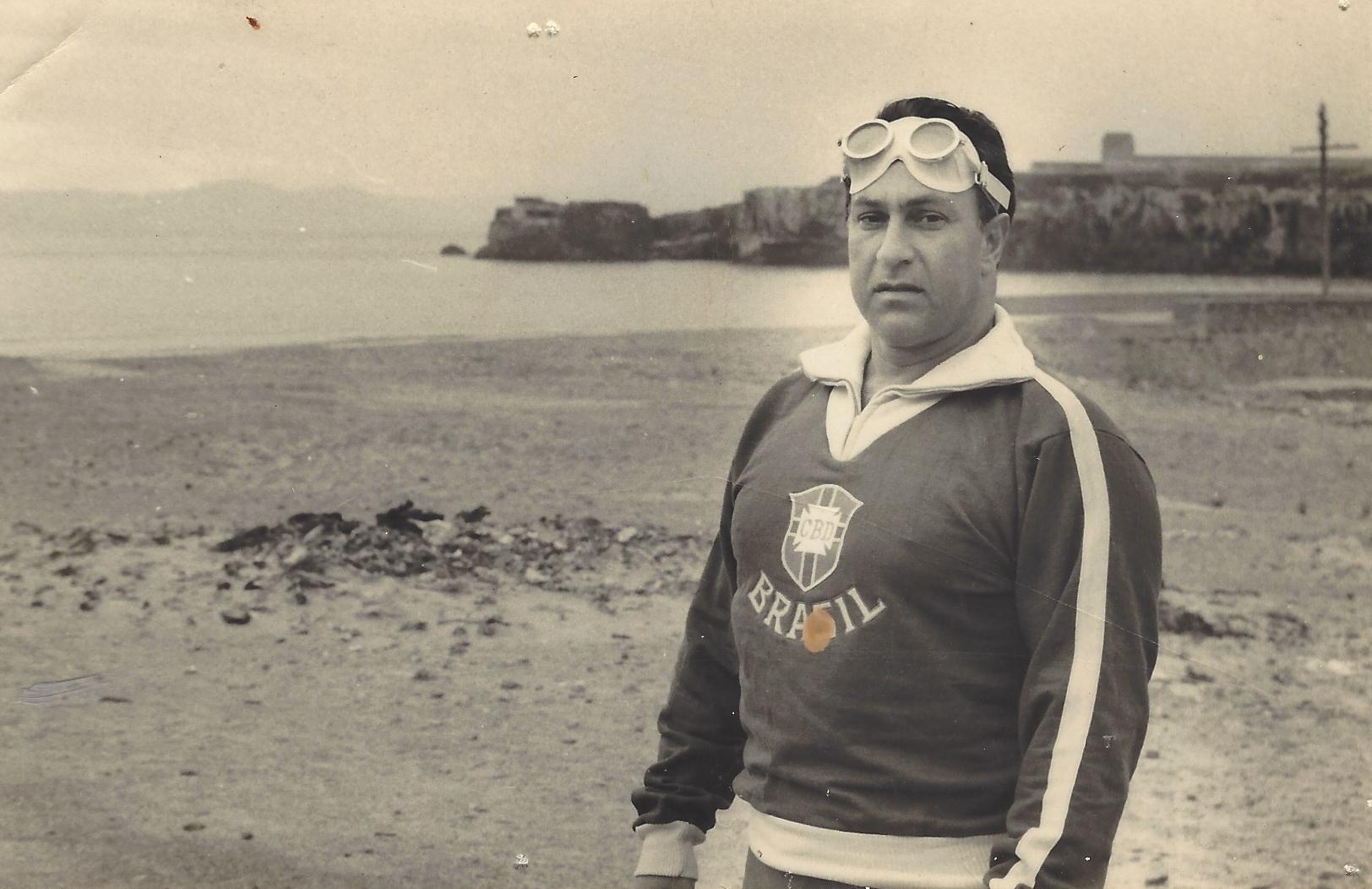
Photo © 2008 – 2020 by World Open Water Swimming Association.
Source: Old School Goggles, Father O’Flanagan’s Patented Goggles.
New pages:
Church and Politics: Should Governor Alfred E. Smith be Excommunicated for His Letter to Marshall. © 1927, by Rev. Michael O'Flanagan, added, 22 September 2018.
Letter to the Irish Times, Manus O'Riordan, 17th December 2018.
Oration by Tommy McKearney at the National Graves Association commemoration, Glasnevin Cemetery, 25th August 2019.
Co-operation, an article from 1922 on irish industry and co-operative societies, added 1st March 2020.
Manchester Martyrs commemoration speech for the Gaelic League, Boston, 1911, added 10th March 2020.
Manchester Martyrs commemoration, St. Mary's Hall, Belfast, November 25th, 1915, added 22 March 2020.
The Moneygold Ambush which took place on October 25th 2020. Added 20th October 2020.
The Staunchest Priest, RTE radio documentary on the life of Fr. MIchael O'Flanagan from 1976.
In the course of organizing the events, it became apparent that Fr Michael's prolific writings were not easy to access, having been proscribed and censored by the church for many years. His biography, They Have Fooled You Again by Denis Carroll has been republished for the centenary of 1916 and is available online. The collection of information here is an ongoing process and letters and speeches are being gathered and published here, by the Fr Michael O'Flanagan committee in Cliffoney village.
Introduction
'They have fooled you again.' Michael O'Flanagan's sardonic announcement, uttered at the outbreak of the Spanish Civil War in 1936, commenced what was to be the last chapter of his public involvement in socio-political affairs.
Yet the words express his life-long conviction that the 'rank and file of the people' - a favorite phrase of his - had been duped all too often by leaders with self-interested aims or narrow vision.
Michael O'Flanagan was a populist rather than an ideologue of faction, party or movement. He had an instinctive mistrust of all establishments, whether civil or ecclesiastical.
His populist leanings, amply manifest in speeches as well as writings, serve to explain his widespread influence with people throughout Ireland and in the Irish diaspora.
As a priest who was also a republican and a radical social critic, Michael O'Flanagan deserves greater recognition than has heretofore been accorded him in the canon of academic writing on Ireland in the twentieth century.
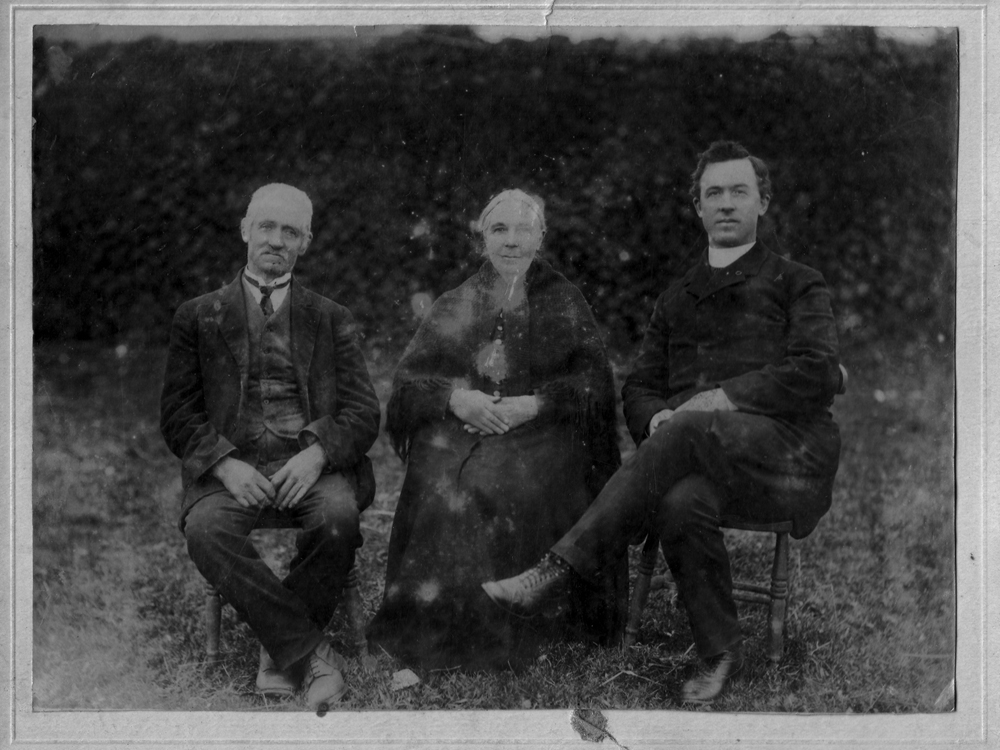
It is an irony that the Catholic press, which for so long had yapped at his heels, should have given a most perceptive description of Fr O'Flanagan's life and work. In an obituary notice, The Standard wrote of him:
'Like Pearse he was a student and a teacher with thought and sympathy for youth. Like Tom Clarke he seemed in his person to typify the spirit of resistance to oppression. Like Connolly, he loved the people who work in poverty.'
As was Pearse, O'Flanagan was a splendid pedagogue. Like Clarke, he hated injustice, particularly that perpetrated by great empires. As did Connolly, he accepted the principle that people are more important than territory. Pearse, Clarke and Connolly shared a common dedication to an independent, socially just Ireland.
Yet between these great figures there are differences in emphasis and, perhaps, some tensions in regard to ultimate ideals. Incorporating so much of Pearse, Clarke and Connolly in his own political stances Michael O'Flanagan exemplifies at once the tradition of republican separatism and the internationalism of the socialist demand for economic liberation.
'They have fooled you again,' by Denis CarrollThey Have Fooled You Again
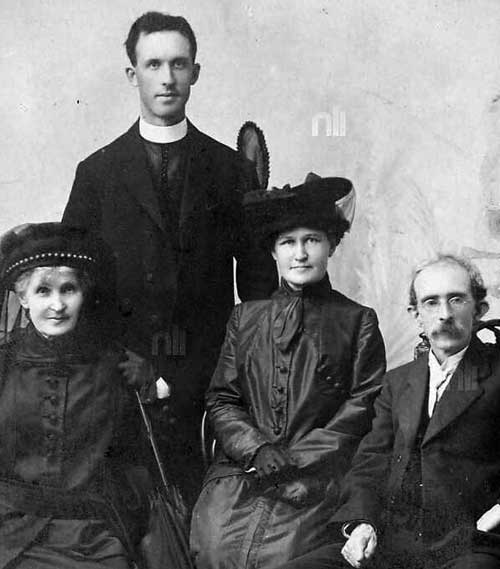
Image © National Library of Ireland.
'Michael O'Flanagan's ministerial responsibilities centered on Cliffoney but they also extended to the island of Inishmurray some four to five miles off coast. Inishmurray is a wonderfully beautiful island, uninhabited since 1948. It is the site of a monastic settlement founded by St Molaise and is now a favorite visiting place for archaeological students.
According to the historian of the island, Dr Patrick Heraughty, at its height the population of Inishmurray numbered one hundred and two persons in 1880. When, in November 1948, the islanders came to the mainland, population had fallen to forty-six.
The Inishmurray islanders were dispensed from obligation to Sunday mass. Once a year, usually in May, the curate at Cliffoney or Grange said a station mass on the island. On other Sundays the islanders gathered to say the rosary at the same time as mass was celebrated at the parish church in Cliffoney.
Doubtless, Fr O'Flanagan, who had an inveterate interest in people like those at Inishmurray, would have visited the island more than once during his time at Cliffoney. An article written by him for the Catholic Bulletin pays tribute to the islanders' devotion to the rosary, and the Coroín Mhuire.
'In the dim twilight the same islanders, like other islanders along our coast, may be found reciting the rosary with equal fervor on the swelling waters of the Atlantic.'
Denis Carroll, They Have Fooled You Again, P. 24
Letter from Fr Michael O'Flanagan to Alice Stopford Green
Crosna,
Boyle,
July 30th 1916
My dear Mrs Green,
I enclose testimonial signed by the people of this half parish. I never saw the people so unanimous before. We have two old factions here, as they have I suppose in most places. The leaders of the two factions never cooperated in anything before, but this time they vied with each other in procuring signatures.
Some of us do not like the quasi apology for the execution of the Irish Volunteer Leaders, insinuated in the fourth paragraph but we are willing to waive that point for the purpose of doing our part for Roger Casement. The men who were executed in Dublin are to us martyrs & heroes, & the Government that ordered their execution are guilty of a great crime.
We know that Roger Casement would gladly join the glorious band of those who have given their lives for Ireland.
But not all of us hold these views. One thing we are all agreed upon, & that is the desire that Roger Casement should not be executed.
Yours faithfully
M.O'Flanagan C.C.

